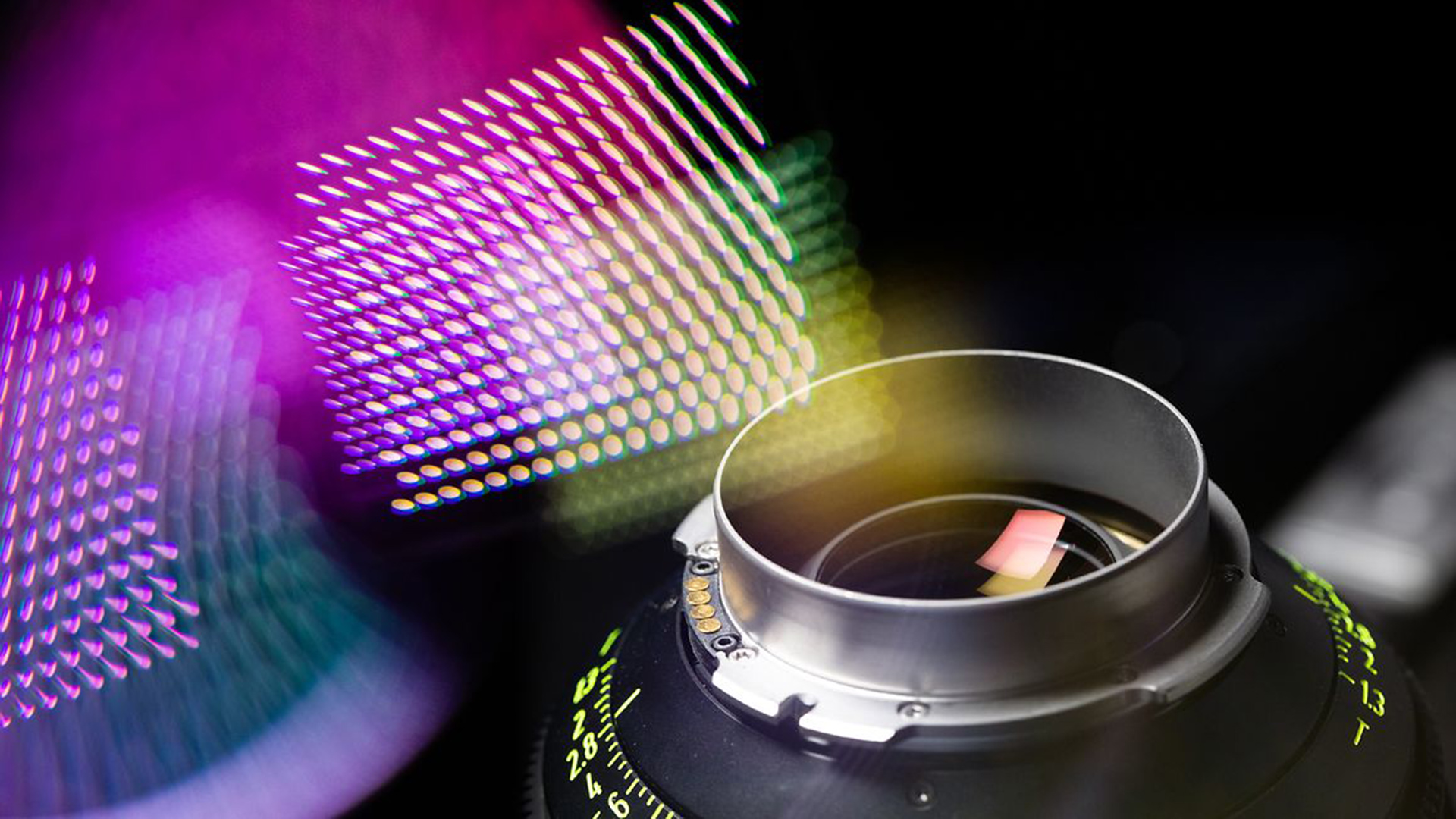
Replay: A breakthrough by Mexican students solves a problem that until now has perplexed the scientific world for thousands of years. And it could make spherical abberations in lenses a thing of the past.
In theory, it’s possible for a fixed focal length lens to be made out of a single piece of glass, and to have no spherical aberration and zero astigmatism.
A document suggesting a way to do this has been doing the rounds since last year, when two graduate students in Mexico, Rafael G. González-Acuña and Héctor A. Chaparro-Romo, wrote a paper which rejoices in the pithy title “General formula to design a freeform singlet free of spherical aberration and astigmatism.” This paper essentially generalises something that has been studied on and off for a couple of thousand years; physicists of the ancient world were well aware of refractive (or reflective) errors and their affect on the ability of Archimedes’ burning mirrors to create a more effective anti-Roman, solar-powered death ray.

This is a demo Canon showed at one particular NAB emphasising the extra detail in an 8K image.jpg
The evidence is that the death ray never happened in antiquity, though it’s been reconstructed on TV, which ought to be good enough for anyone. The problem, though, is that mirrors and lenses that are spherical don’t quite work as we’d like. Use a magnifying glass to focus the sun onto a helpless insect (you monster) and there’s so much glaring light involved that we often can’t really tell the sun isn’t quite being focussed down to a tiny image of itself. In a camera, the problems become a lot more obvious; tiny points of light turn into blurry splotches, especially away from the central axis of the lens. We’re all used to corner softness, aren’t we?
A solution waiting to be found
It’s worth reinforcing the fact that it has always been known, or at least strongly suspected, that there ought to be a solution to this. Previous attempts to solve the equations involved required a lot of brute-force number crunching; essentially trying lots of solutions until the results converged on a set of numbers that satisfied an equation. By doing this, it ought to be possible to create a single-element lens without spherical aberration or astigmatism. Attempts at this – and they have always been attempts – have created lenses, or at least designs for lenses, with surfaces which look like the concentric ripples created when a pebble is dropped into a pool of water.
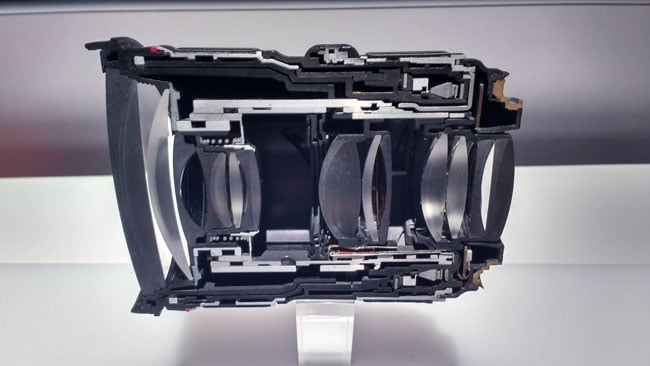
In theory, many prime lenses only need to be one piece of glass, In theory. Add zooming and other factors, and things become slightly more complicated
So it’s not a new idea – it’s not even a new research paper, having come up last year. It might be reasonable to suspect that the bokeh would be a bit odd, but it’s hard to tell, because effectively no photography lenses (or astronomical telescopes, etc) have ever used any of this stuff.
Even so, it’s been suspected, for at least decades, that there was a general solution to this problem which involves no trial-and-error calculations. That is a certainly a really useful thing to have for very specific circumstances. The question is whether those circumstances include things like film and TV lenses, or in fact any of the lens designs that we encounter in everyday life.
In short – not really, at least not soon, and not widely. There are already ways of making lenses which have significantly better performance than a simple spherical element, and even those aren’t that widely used for the simple reason that making a piece of glass that has the shape of the surface of a sphere is hard enough. Making a piece of glass that has a parabolic or hyperbolic curve is significantly more difficult, to the point that lenses using glass with these shapes are often marked “aspherical” as a point of differentiation.
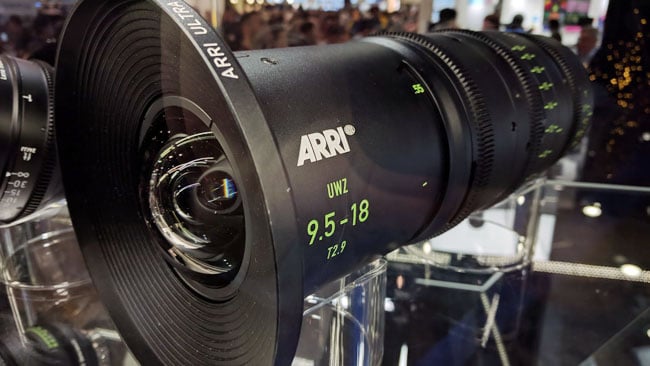
9.5mm is wide. Make it a zoom, and things become even more complicated
What does this mean for video lenses?
Making a piece of glass that has a series of nonuniform concentric waves cut into it is… well, it’s possible, using something like diamond or laser micromachining. However, doing that to a piece of glass big enough to produce a lens capable of covering high-end cinema sensors (because of course, we’ll want this on the biggest big chips) with a usably low f-number (because of course, we demand sub-f/2 on everything these days) is likely to be expensive on a level that makes a current set of anamorphic primes look like an impulse purchase from a particularly ambitious eBay wish list.
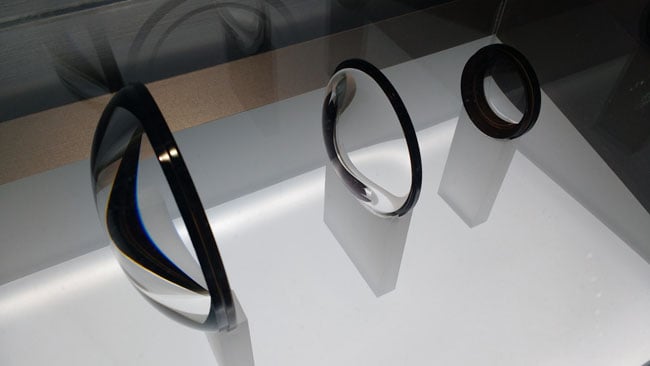
Traditional lens elements have almost always been sections of a sphere or, much less commonly, a parabolic or hyperbolic shape
Probably someone will do it, in order to claim in the promotional material that they’ve done it, and it’s likely that improved manufacturing techniques will make this sort of thing a lot easier. Great. For now, though, many lens manufacturers seem keen to stick with the solidly traditional approach of mechanical surface polishing based on a library of spherical shapes, with someone standing by with a squeeze bottle to occasionally dribble an abrasive fluid suspension onto the work in progress. Lens designers try to an extent to build conventional lenses to avoid exactly the same problems that this new mathematics is designed to solve, but they don’t always try that hard. People like aberration, at least some types of aberration, according, more or less, to individual preference. Corner softness is, we’re told, artistic.
Whether we’ve been told that to offset the knowledge that we have historically had very little choice is another matter.
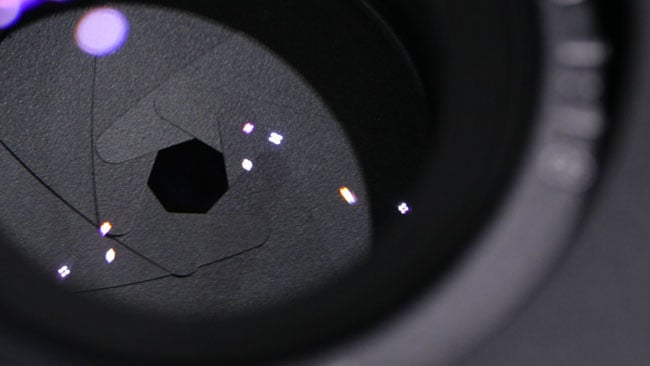
Identify the lens for ten points
Anyway, yes, maybe we’ll start seeing “singlets free of spherical distortion” used in the likes of spy satellites and astronomical telescopes. Given the drive for more and more pixels, something has to give; lenses are already ruinously expensive, and making better and better glass for cellphones is becoming a real difficulty as those cameras get better and better. The other factor in this whole debate is electronic processing; we’re already seeing lenses optimised for sharpness and flatness in the knowledge that colour aberration can be tweaked later, electronically. Perhaps the answer will involve this new mathematical technique, electronic postprocessing or even smarter stuff, perhaps involving AI.
Still, there’s probably no immediate prospect of seeing this stuff in still or movie cameras. They’re most likely to pop up first in a market which has a lot of money and needs physically small lenses with very high performance to suit very small imaging sensors with very high resolution, so in the end, we’re all likely to find these new designs in our pockets long before they’re slapped on the front of a PL mount.
Tags: Production


Comments